Major TBT energy on this one: we’ve travelled back to the 1980s and collected 23 of the best fiction books of the decade.
The 1980s are typically known for the era’s affinity for Eurodisco, Walkmans, and extreme fashion (anyone say shoulder pads? Spandex? Leg warmers?). Many 1980s fiction book authors reflected a similar canonic shift to more expansive, vast literary experimentation with magical realism and grand, exuberant visions.
However, just as many authors turned inwards and created works of deep, personal introspection. To sum them all up, we’ve created a list of the best fiction books of the 1980s.
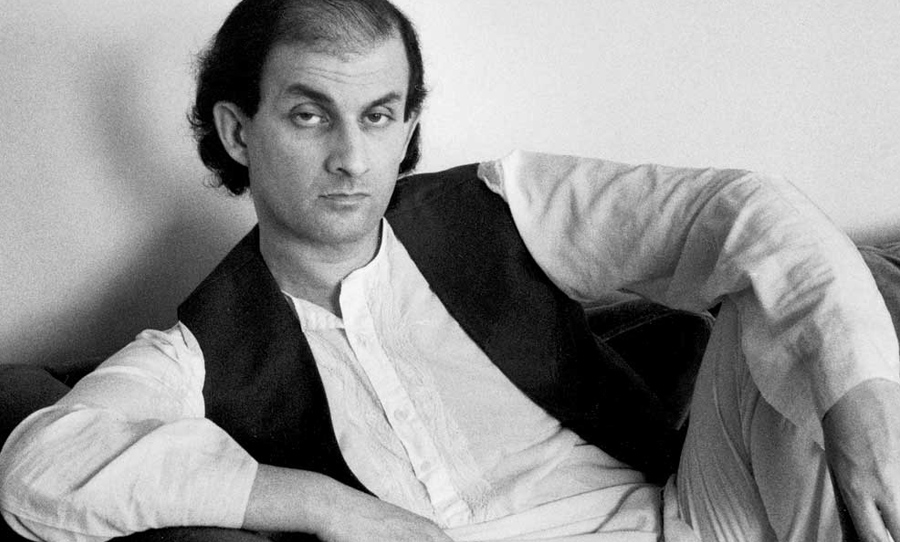
Clear Light of Day – Anita Desai (1980)
Shortlisted for the 1980 Booker Prize, Clear Light of Day is a fiction book that travels through the adulthood, adolescence, and childhood of the Das family, set before, during, and after the Partition of India. Anita Desai’s evocative, poetry-like prose constructs the disintegration of a family living in Old Delhi, amidst the sociopolitical milieu of a country emerging from the constraints of colonialism.
The narrative follows Bimla, Baba, Tara, and Raja, the four siblings who have grown estranged from each other, and paints a compassionate, profound portrait of the strengths, and shortcomings, of familial love.
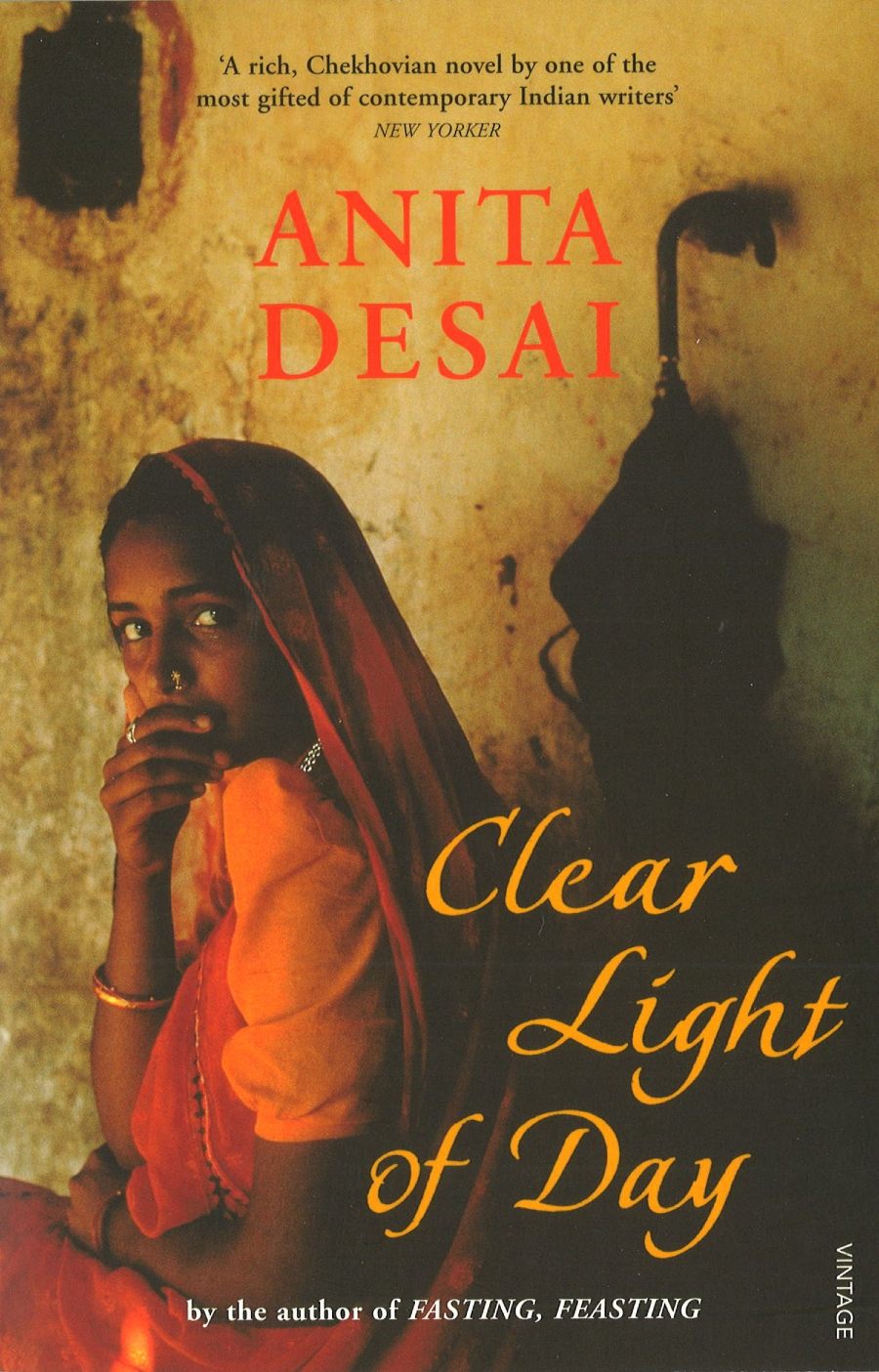
Housekeeping – Marilynne Robinson (1980)
Marilynne Robinson’s fiction book is the story of two orphaned sisters, Ruth and Lucille, and their experiences of being brought up by a succession of relatives in remote Idaho. It details their journey to adulthood through loneliness, loss, and survival with the entrance of Sylvia, the mysterious central character, who takes on the mission to raise them.
As reviewed by the New York Times, Housekeeping is “about people who have not managed to connect with a place, a purpose, a routine or another person. It’s about the immensely resourceful sadness of a certain kind of American, someone who has fallen out of history and is trying to invent a life without the assistance of any kind, without even recognising that there are precedents. It is about a woman who is so far from everyone else that it would be presumptuous to put a name to her frame of mind.”
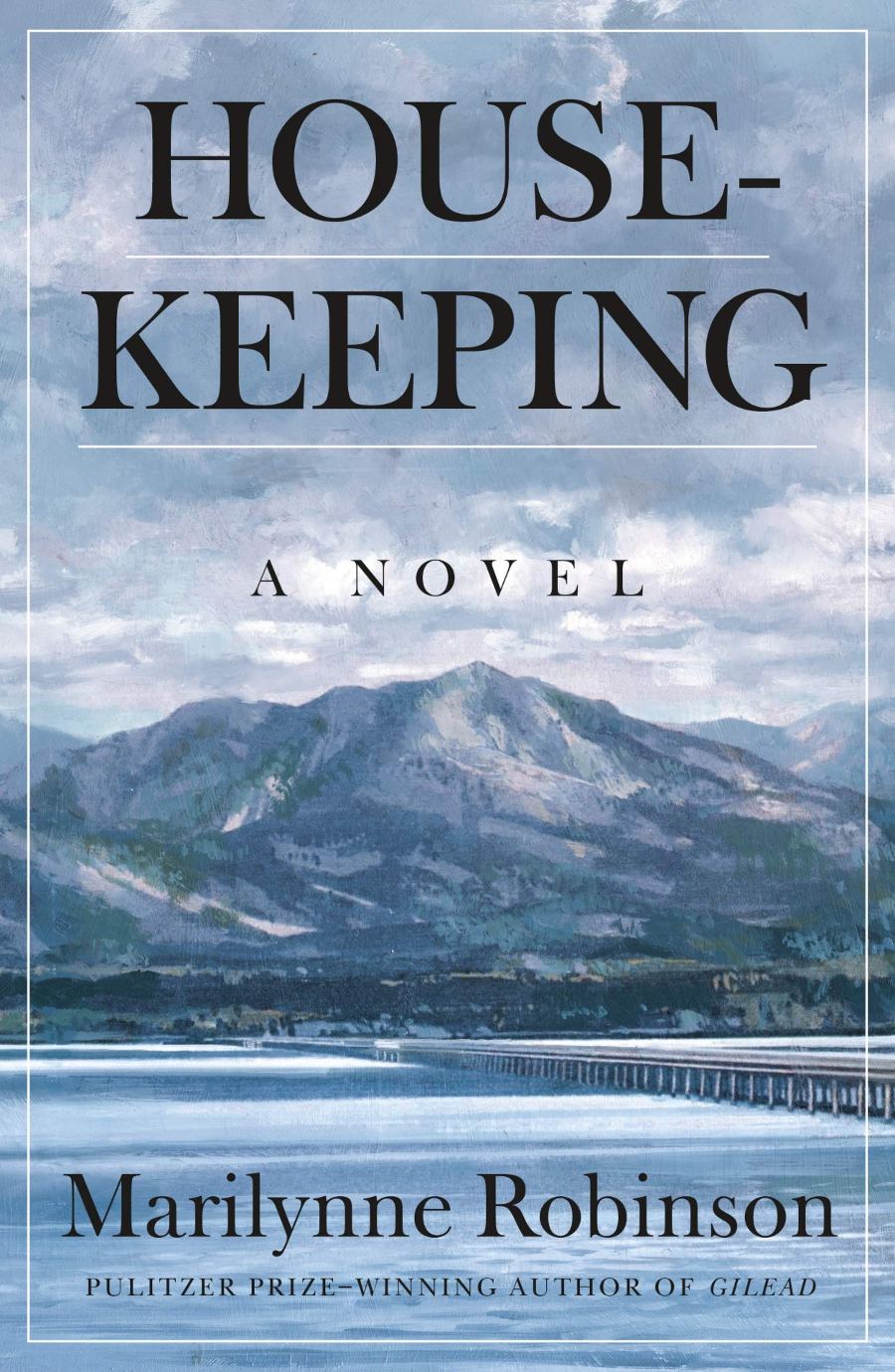
Midnight’s Children – Salman Rushdie (1981)
Midnight’s Children follows the life of Saleem Sinai, one of 1,001 children born at midnight of 15 August 1947, who have been gifted with extraordinary, supernatural talents. Born at the stroke of the Partition of India, the children’s destinies are intimately linked with the country’s independence.
Salman Rushdie’s allegorical construction of a family saga, contextualised by the horrors of the Partition as the reader is moved from Kashmir to Bombay to Delhi, creates an illuminating, magical tale that reflects a nation experiencing a collective identity crisis.
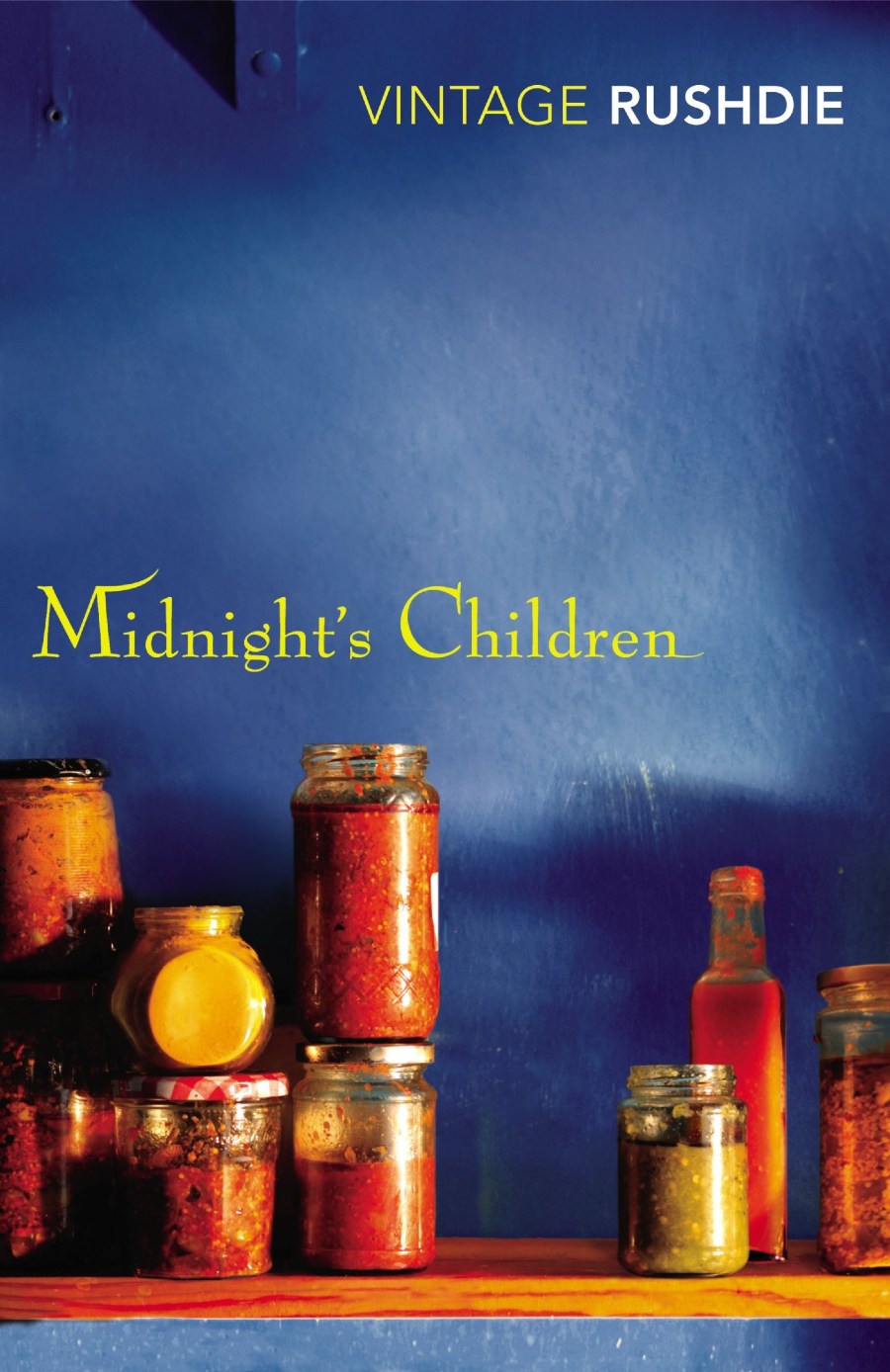
The Colour Purple – Alice Walker (1982)
Deeply moving, The Colour Purple is a heart-wrenching tale of the devastating oppression of poor, uneducated African-American women in early 20th century rural Georgia. A profoundly challenging book, it graphically depicts rape, domestic abuse, and violence, the novel follows two sisters, Celia and Nettie, who were separated as children.
Alice Walker’s novel, despite its heavily graphic content, is a masterful meditation on the power of love and redemption, through loss, loneliness, and trauma.
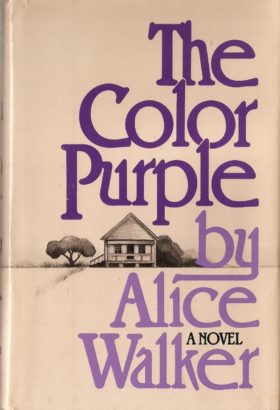
Breathing Lessons – Anne Tyler (1982)
Anne Tyler’s Breathing Lessons follows married couple Maggie and Ira Moran, who are driving from Baltimore to Pennsylvania for the funeral of the late husband of Maggie’s best friend. On the road trip, Maggie’s marriage is unravelled to reveal a mid-American domestic drama, written with Tyler’s characteristic narrative clarity.
Set in the 1980s, Breathing Lesson’s narrative moves back-and-forth through time, as readers are treated to a lifetime’s access to memories that depict the inner workings of a marriage, familial ties, and love.
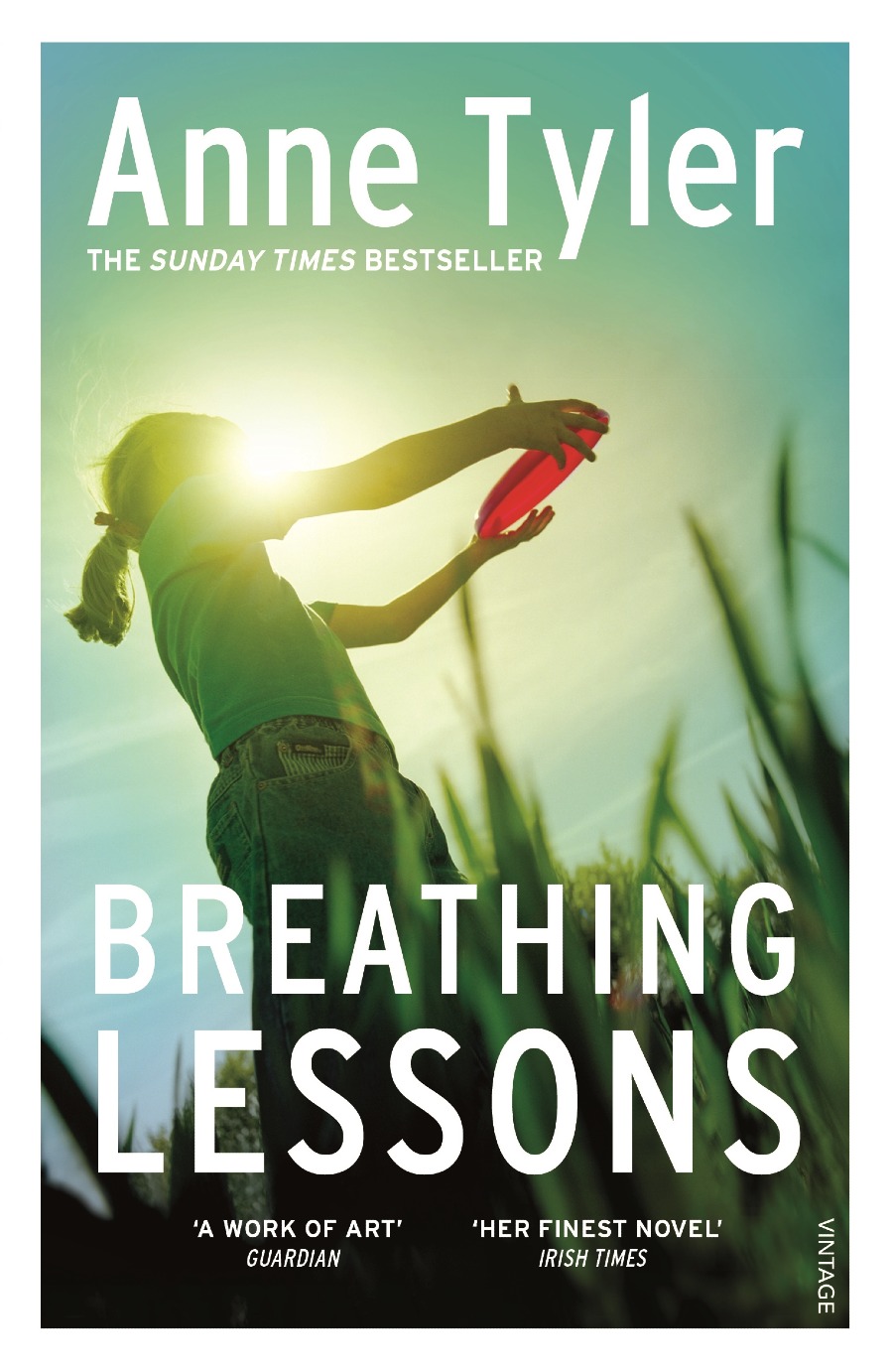
The Little Drummer Girl – John le Carré (1982)
Known for his espionage thriller books, John le Carré’s The Little Drummer Girl details the story of Charlie, a beautiful young English actress who is lured into Middle Eastern conflict by an Israeli intelligence officer. Forced to play her ultimate role, she is plunged into a deceptive and delicate trap set to ensnare an elusive Palestinian terrorist.
Le Carré’s immersive fictional world lays bare the duplicity of human morality and behaviour, without choosing a side of the Israeli-Palestinian conflict. His novel is intimately constructed and masterfully crafted, depicting the brutality of espionage agencies and a militarised world.
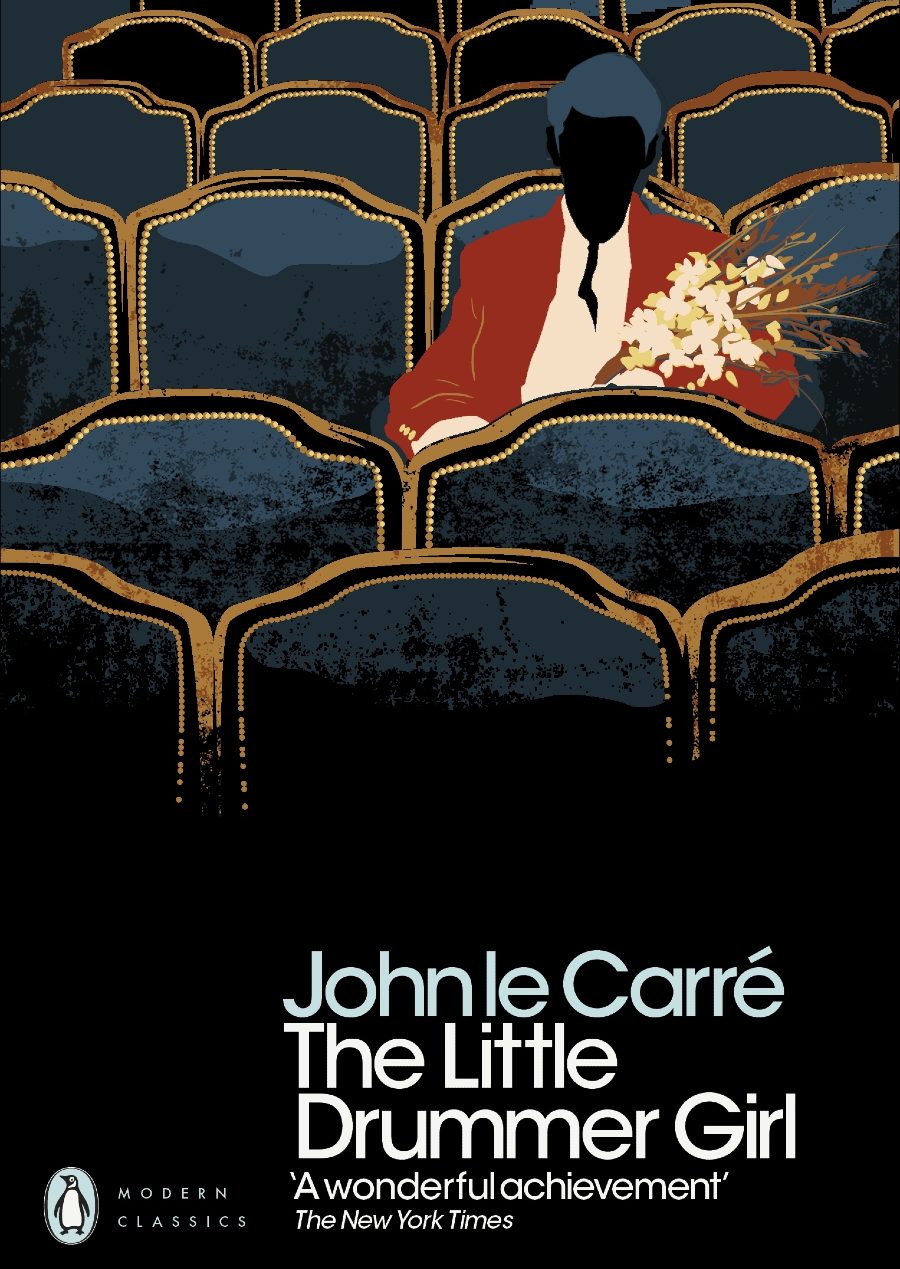
Pet Sematary – Stephen King(1983)
Stephen King’s #1 New York Times bestseller Pet Sematary is a “wild, powerful, disturbing” (The Washington Post Book World) classic about evil that exists far beyond the grave, and is among King’s most iconic and beloved novels.
Louis moves his family to a new home in Ludlow, Maine, where they discover that there’s more to the little town than meets the eye. Beyond a makeshift graveyard in the nearby woods where children bury their beloved pets, there is the lure of another burial ground that lies a little further past its borders. Louis is about to discover for himself sometimes, dead is better…
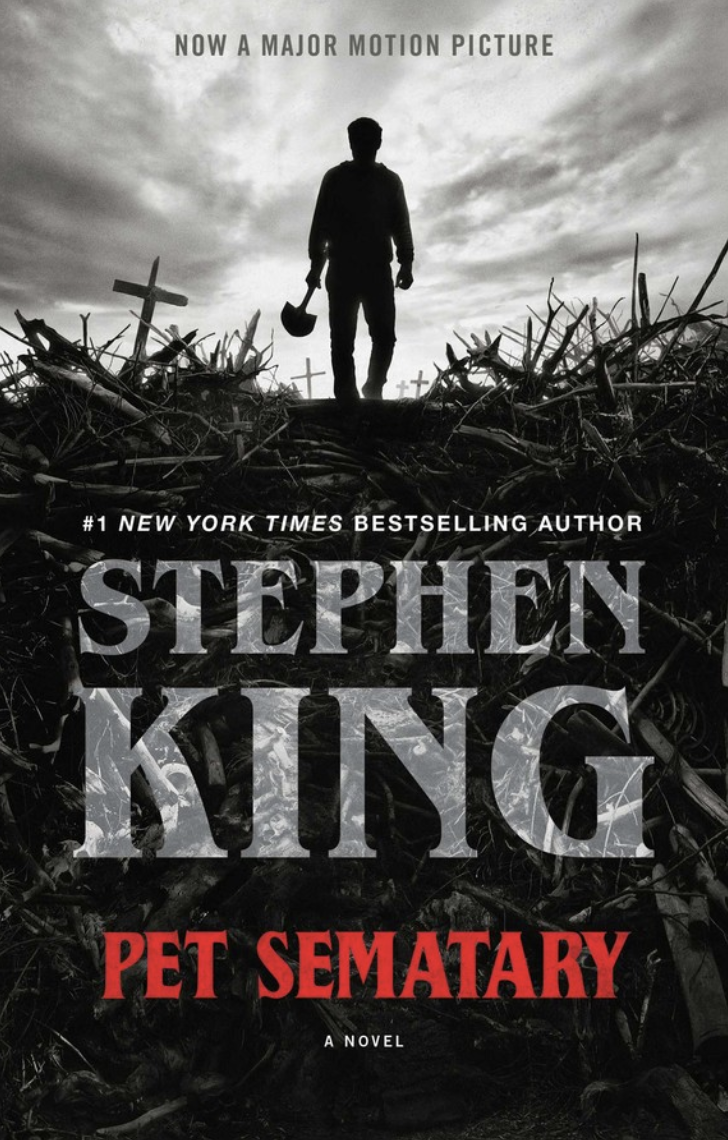
The Unbearable Lightness of Being – Milan Kundera (1984)
In The Unbearable Lightness of Being, Czech novelist Milan Kundera paints an intoxicating portrait of the artistic and intellectual life of the Czechoslovakia of the Prague Spring and the Soviet invasion, the philosophy of Nietzsche, and the love affairs of his quartet of characters, Tomas, Terza, Sabina, and Franz.
The Unbearable Lightness of Being cyclically integrates his characters’ experiences of love, political activism, and happiness with philosophical reflections on the nature of existence, constructing a novel of complex insight and reflection on what it means to be alive.
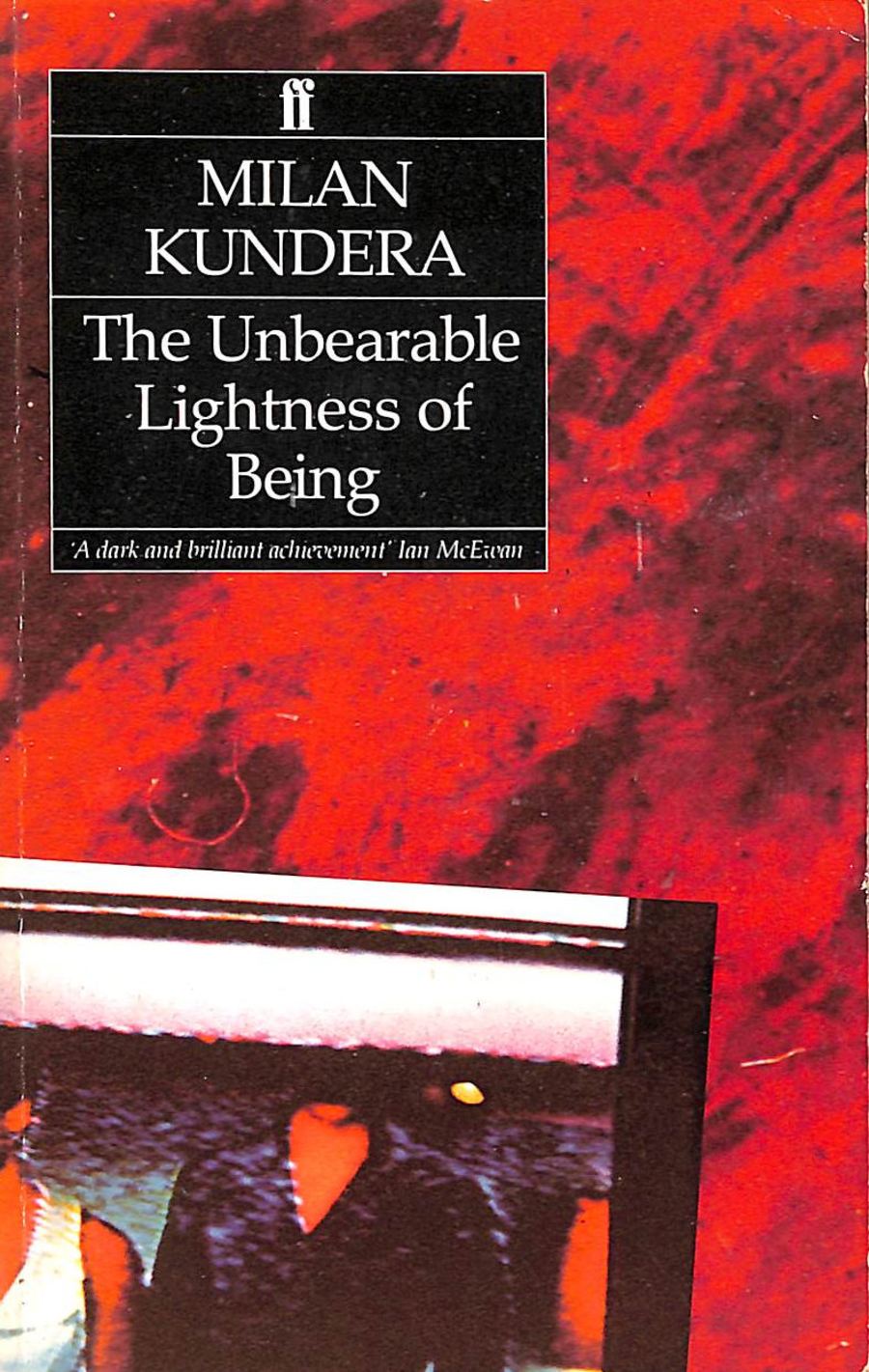
Neuromancer – William Gibson (1984)
Neuromancer is a cultural touchstone in the development of science fiction; it’s the book that propelled the cyberpunk movement in the genre. Following the story of Henry Case, a computer hacker in the dystopian underworld of Chiba City, Japan, the novel traces the protagonist’s journey in hacking the system of a giant corporation.
It may sound basic — but remember, this book was written before the birth of the internet. In many ways, it eerily predicted the development of technology and the way it infiltrates every stratum of society. In his afterword to the 2000 re-issue of Neuromancer, author Jack Womack asks: “[w]hat if the act of writing [a vision of cyberspace] down, in fact, brought [cyberspace] about?” – explicitly suggesting that William Gibson’s vision of cyberspace may have inspired the way the World Wide Web developed.
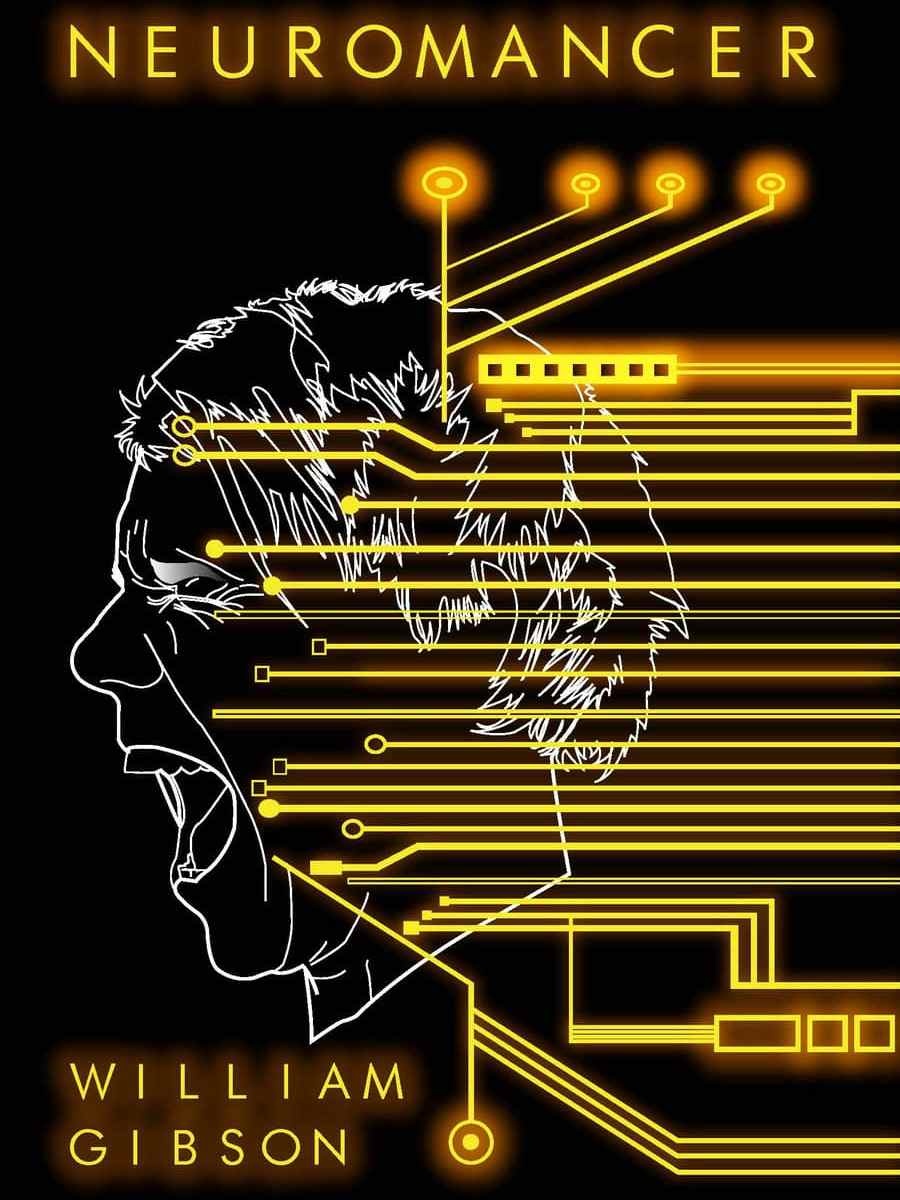
Ender’s Game – Orson Scott Card (1985)
Ender’s Game is a military science fiction novel that details the life of Andrew “Ender” Wiggin, who alongside other children, are trained in military strategy by means of (what they assume to be) video games to prepared for an anticipated war against the Formics, an insectoid alien species.
Set on Earth, in an unmarked date in the future, Ender’s Game won the Nebula Award for Best Novel in 1985 and the Hugo Award for Best Novel in 1986, and is considered to be one of the most significant novels of the 20th century. Interestingly enough, it’s also been known to be used as suggested reading for military organisations like the U.S. Marine Corps.
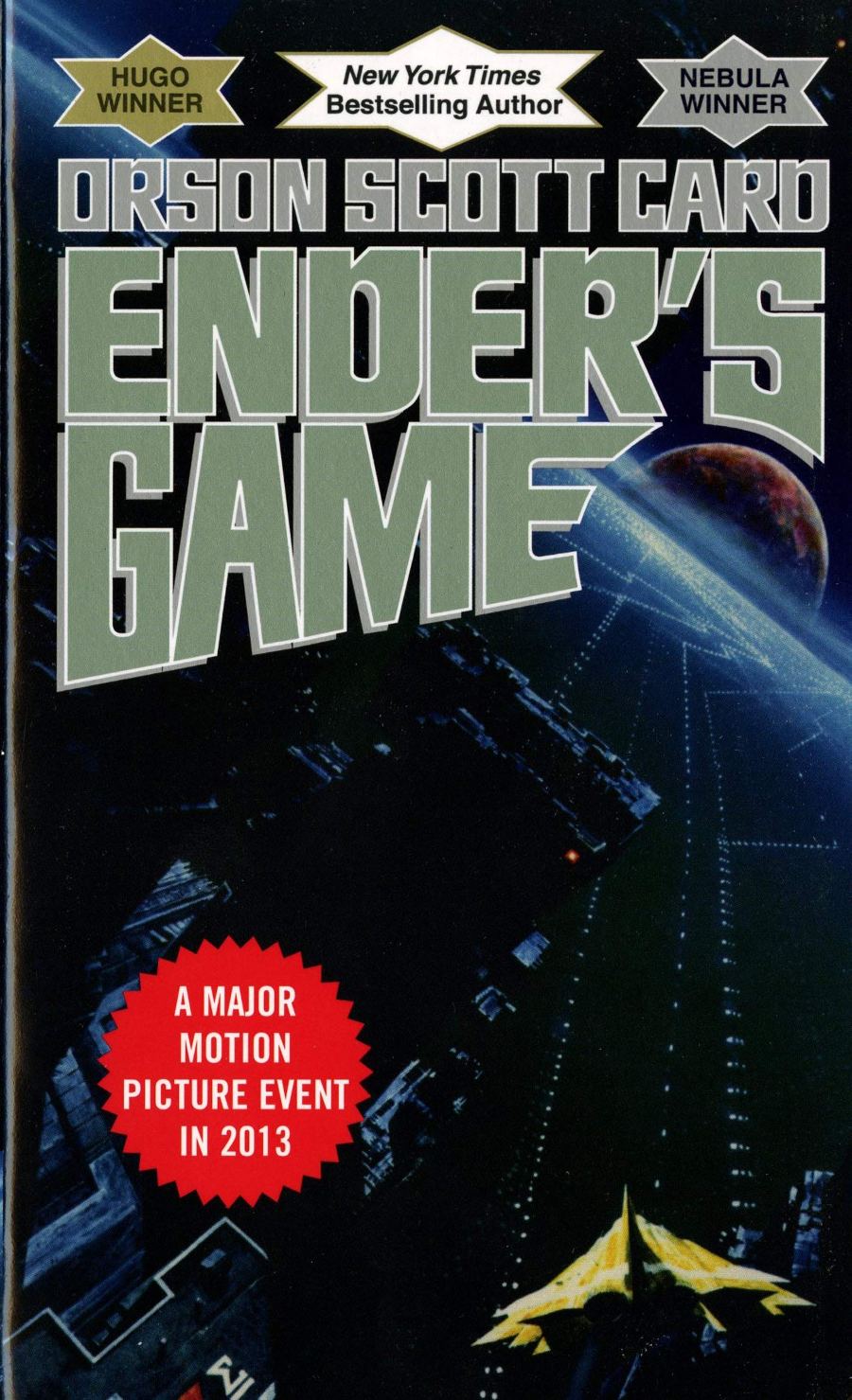
White Noise – Don DeLillo (1985)
White Noise follows Jack and his fourth wife, Babette, bound by their love, fear of death, and four ultramodern offspring, as they navigate the tumultuous experience of family life against the background of a world teeming with brand-name consumerism. DeLillo satirically chronicles the anxieties and absurdities of contemporary, capitalist America.
As reviewed by the Times, “though it’s pitched at a level of absurdity slightly above that of real life, White Noise captures the quality of daily existence in media-saturated, hyper-capitalistic postmodern America so precisely, you don’t know whether to laugh or whimper.”
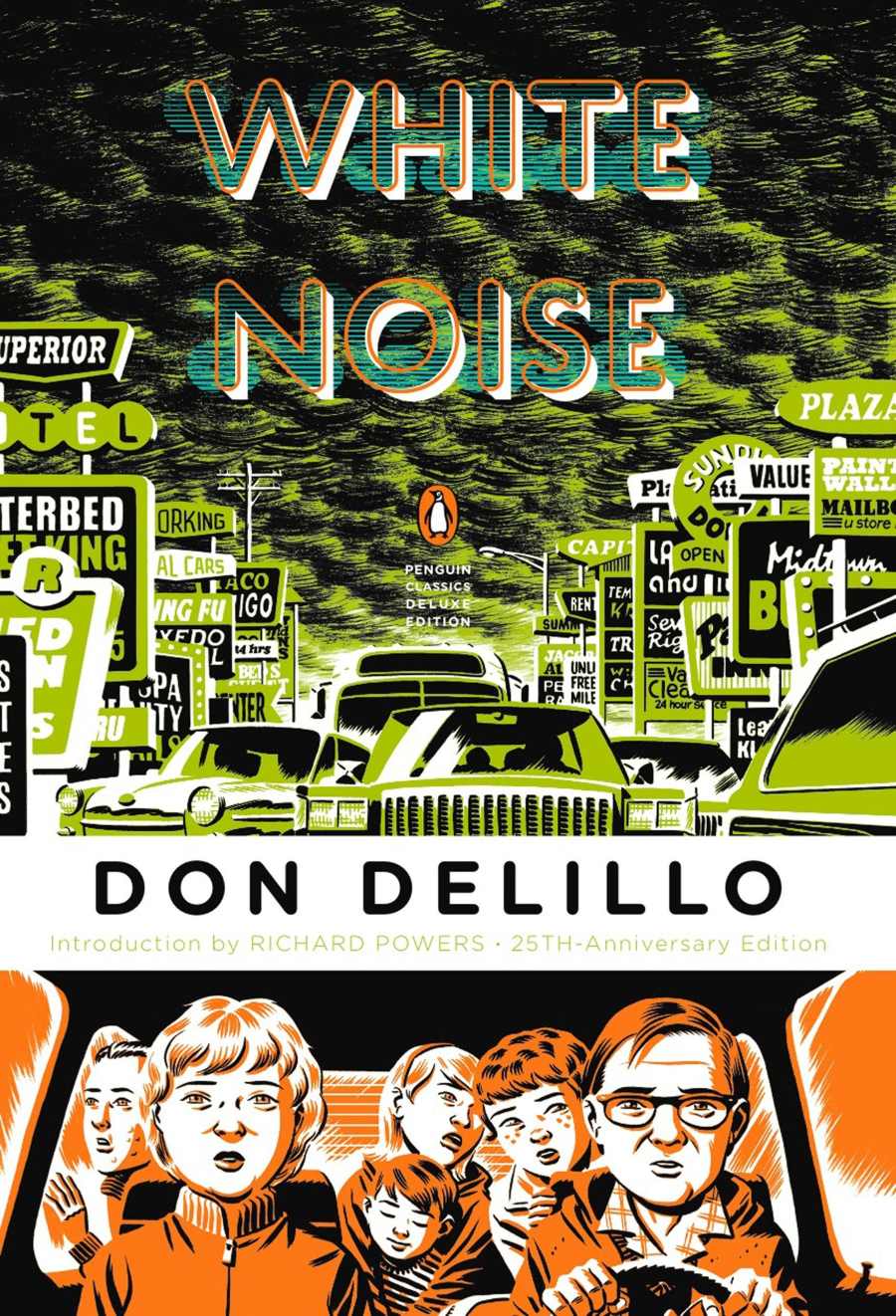
The Handmaid’s Tale – Margaret Atwood (1985)
Most famously known — within Gen Z, at least — for the HBO TV adaptation, The Handmaid’s Tale was originally a novel published in 1985, set in a totalitarian state called Gilead, previously known as the United States. The story follows Offred, a Handmaid with one function: to breed. The dystopian book moves between Offred’s life pre-revolution and her present, with Margaret Atwood painting a haunting picture of female resistance in a world dominated by patriarchal oppression.
Regarding the eerily prophetic, provocative tone, Margaret Atwood herself wrote in an essay: “I made a rule for myself: I would not include anything [in The Handmaid’s Tale] that human beings had not already done in some other place or time, or for which the technology did not already exist. I did not wish to be accused of dark, twisted inventions, or of misrepresenting the human potential for deplorable behaviour.”
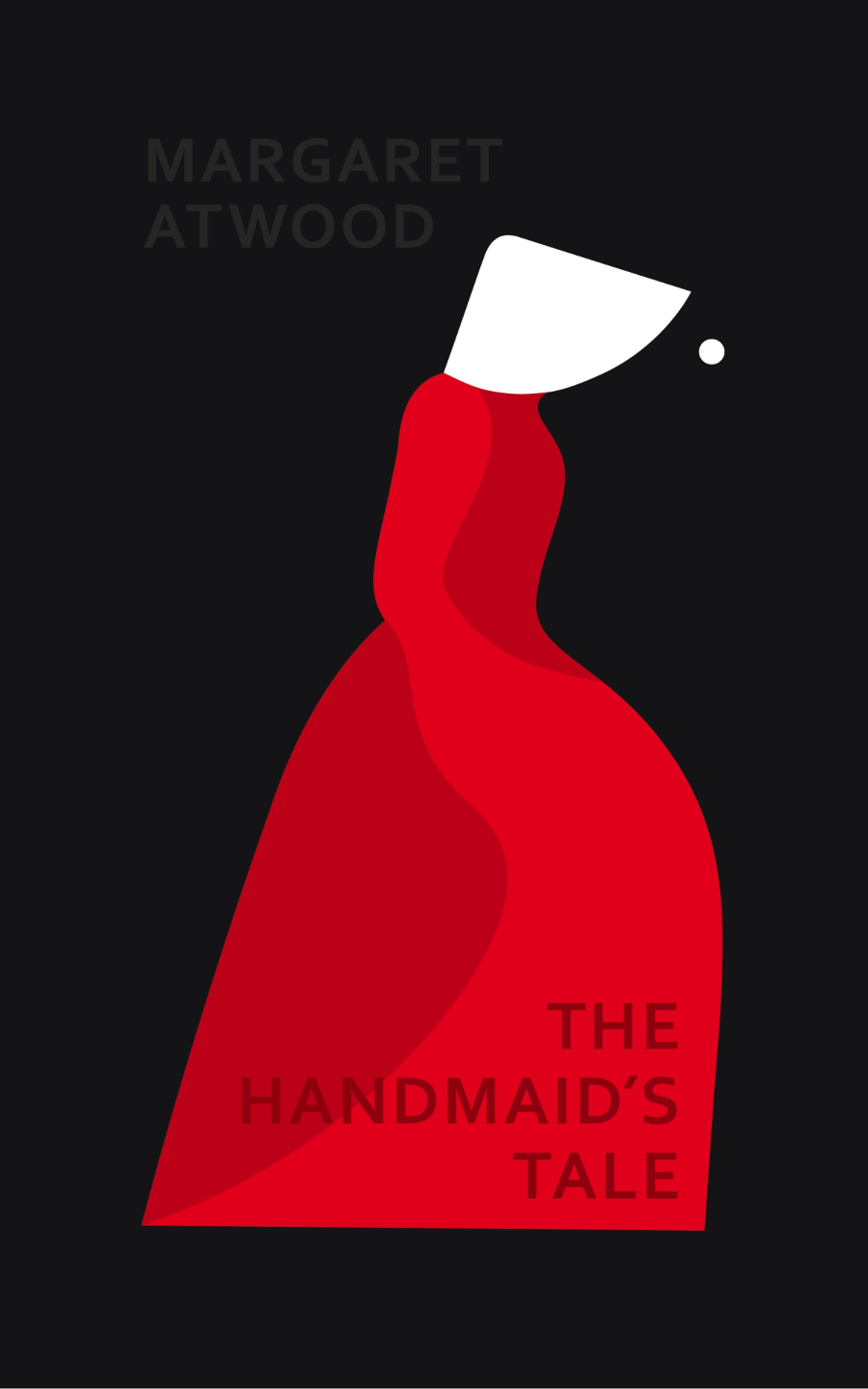
Oranges Are Not the Only Fruit – Jeanette Winterson (1985)
Oranges Are Not the Only Fruit details the story of Jeanette, a young girl who is adopted and indoctrinated into a life of strict Protestant service. A bildungsroman that examines religion, repression, and love, the novel follows the protagonist as she falls in love with another girl from her church, and struggles to reconcile her sexuality with her Christian faith.
Bordering on a memoir, Jeanette Winterson’s book interrogates complex family relationships, same-sex relationships, organised religion, and the concept of faith with exhilarating, radiant prose.
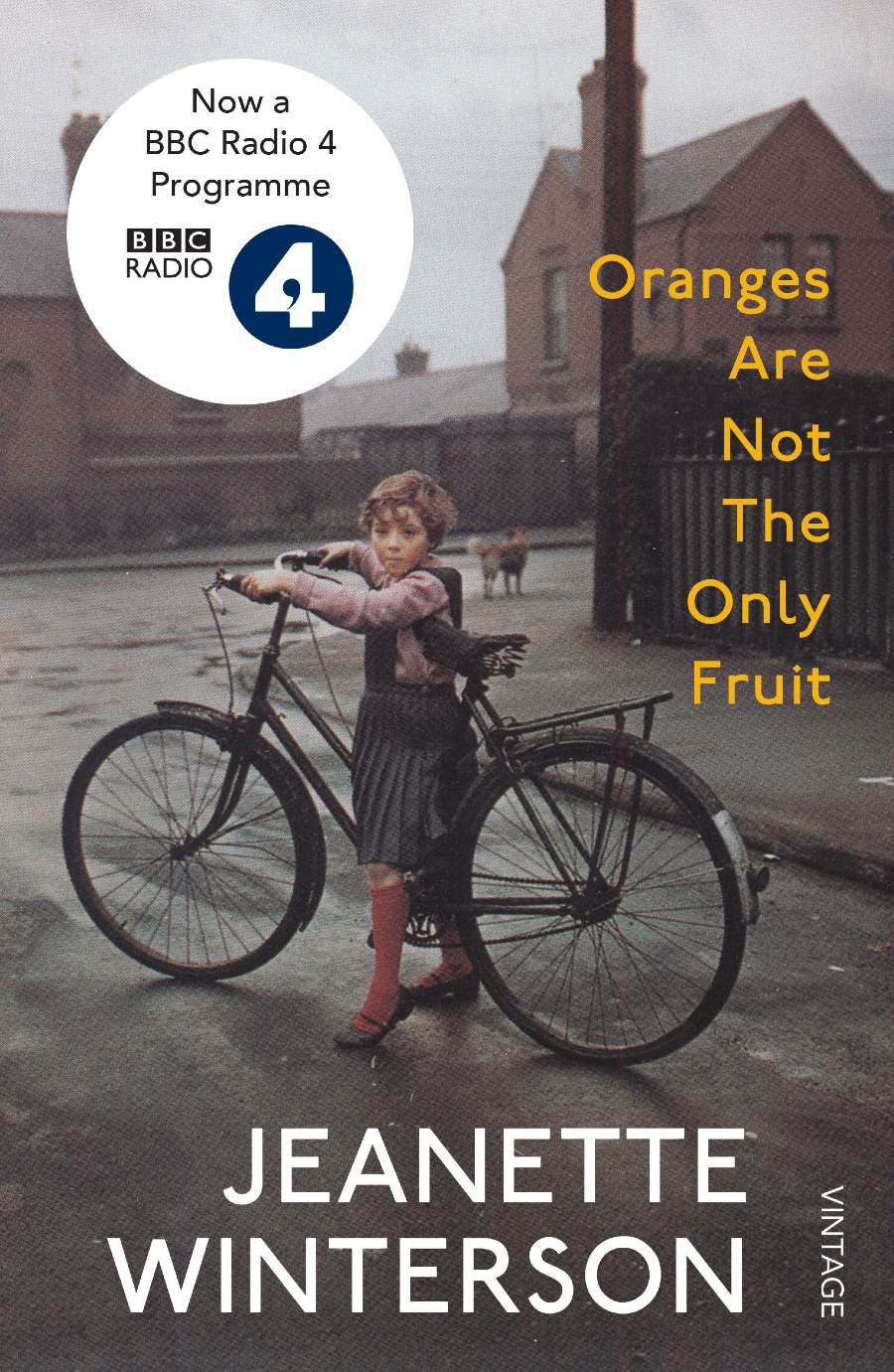
Illywhacker – Peter Carey (1985)
A fiction book that falls under the magical realist umbrella, Illywhacker is filled with vividly exuberant storytelling that details the life of 139-year-old Australian Herbert Badgery, the eponymous ‘illywhacker’ or confidence man, and the eccentric encounters in his life as a vagabond conman.
As reviewed by Howard Jacobson in New York Times, “[Illywhacker is] a big, garrulous, funny novel, touching, farcical and passionately bad-tempered… Not unlike spending a week in the company of the best kind of Australian.”
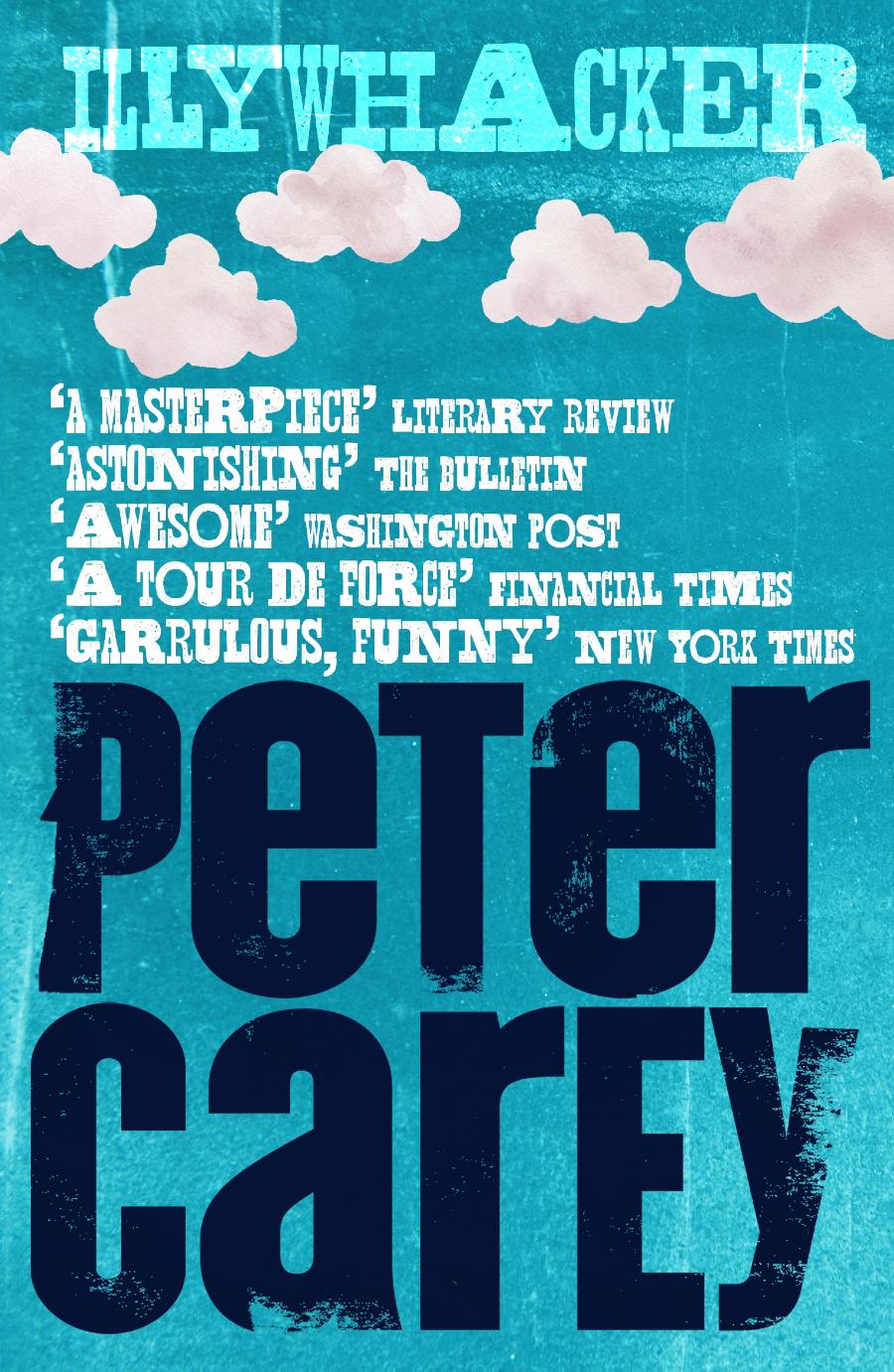
It – Stephen King (1986)
It is a novel that has two concurrent narratives, alternating throughout the novel. The first narrative occurs in 1957, with the central group of seven young teens, the self-titled ‘Losers’ Club’ who live in the small town of Derry, and their individual encounters with the eponymous ‘it,’ a violent, demonic entity of evil. The second narrative aligns with the Losers Club in 1984, who have grown up to be successful, yet unhappy adults, and delves into their fears of the abuse they suffered as children.
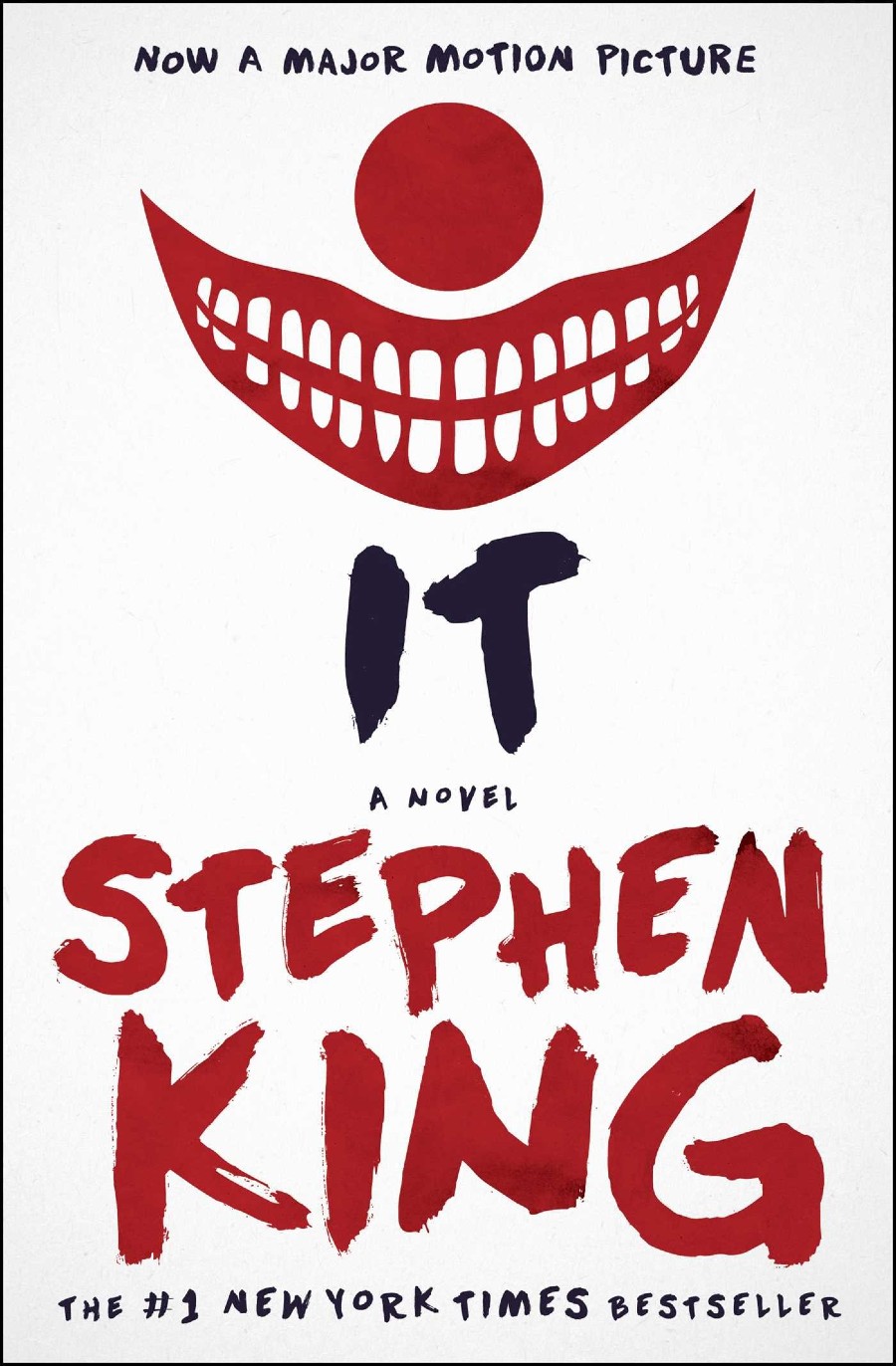
Blood Meridian – Cormac McCarthy (1986)
Blood Meridian is set in the 1840s and follows a young boy, Kid, and his journey with a band of murderous cutthroats, the Glanton Gang, who hunt Indians on the border between Texas and Mexico, under the leadership of an amoral, albino arch-monster known as The Judge.
As reviewed in TIME, “rarely has literature presented spectacles of violence more extreme or less gratuitous. Blood Meridian summons up shadows of Dante and Melville, and demands of every reader that they reexamine why and how they cling to morality in a fallen world.”
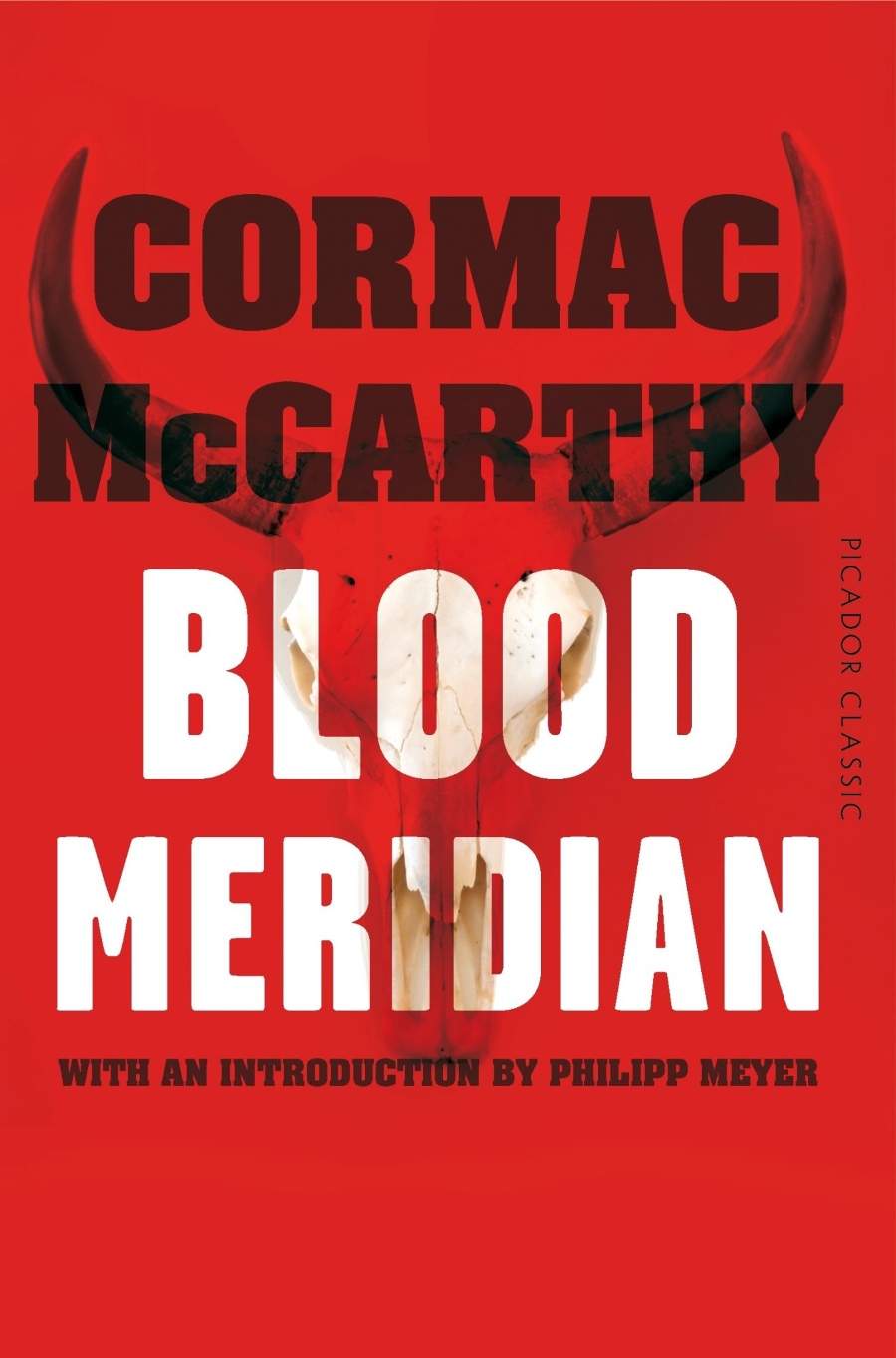
Beloved – Toni Morrison (1987)
Widely regarded as Toni Morrison’s masterpiece, Beloved is a Pulitzer-winning fiction book that tells the story of a formerly enslaved woman, Sethe, who is haunted by the traumas of her past, despite escaping and resettling in Ohio.
Focusing on the psychological trauma of slavery and its permeation of the African-American experience, Morrison constructs a brutally honest narrative that interrogates intergenerational trauma, familial relationships, and Black suffering.

Norwegian Wood – Haruki Murakami (1987)
Norwegian Wood is Haruki Murakami’s fifth fiction book, and also widely considered the catalyst that elevated him from acclaimed writer to international writing phenomenon. The book is narrated by Tory Watanabe, who reflects on his college life in the 1960s Japan, and reminiscences on the intense relationships with two women, the emotionally fragile Naoko, and the vivacious, sexually liberated Midori.
Murakami’s exploration of nostalgia, first-love, loss, and the experience of coming-of-age creates a deeply moving account of navigating life’s darkest moments, cementing it as an iconic, ever-relevant piece of cultural fiction.
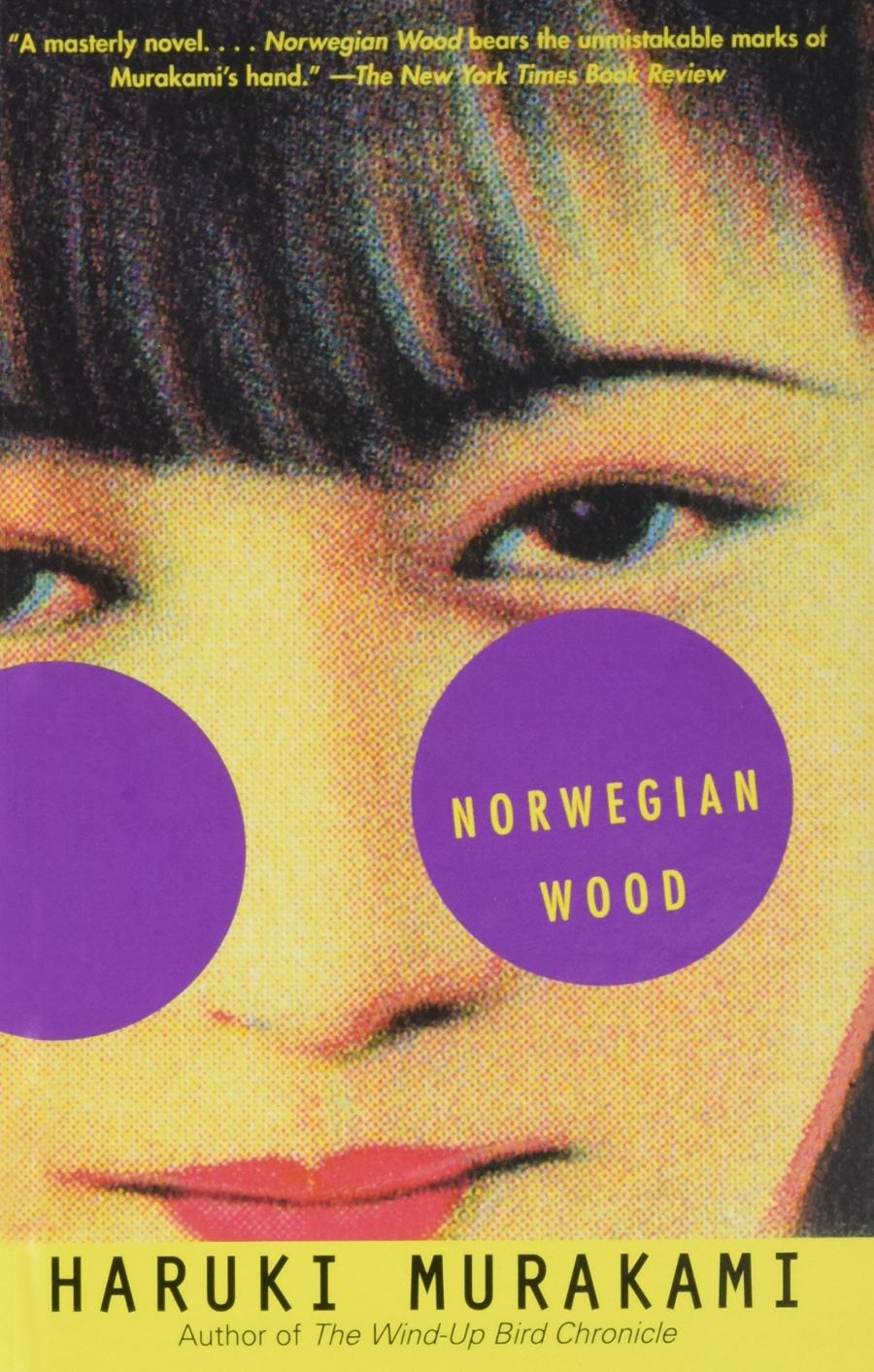
Bonfire of the Vanities – Tom Wolfe (1987)
Bonfire of the Vanities has been labelled as the ‘quintessential novel of the 80s’ by almost every reviewer at the time of publication and beyond. It’s a critically acclaimed fiction book that satirically examines a contemporary American society that bleeds with capitalism, greed, and raucous excess.
The book follows Sherman McCoy, a millionaire bond trader who works on Wall Street, and his eventual moral, social and psychological decline amidst a backdrop of 1980s New York, a city seething as a melting pot of racial, cultural, and socio-economic tension.
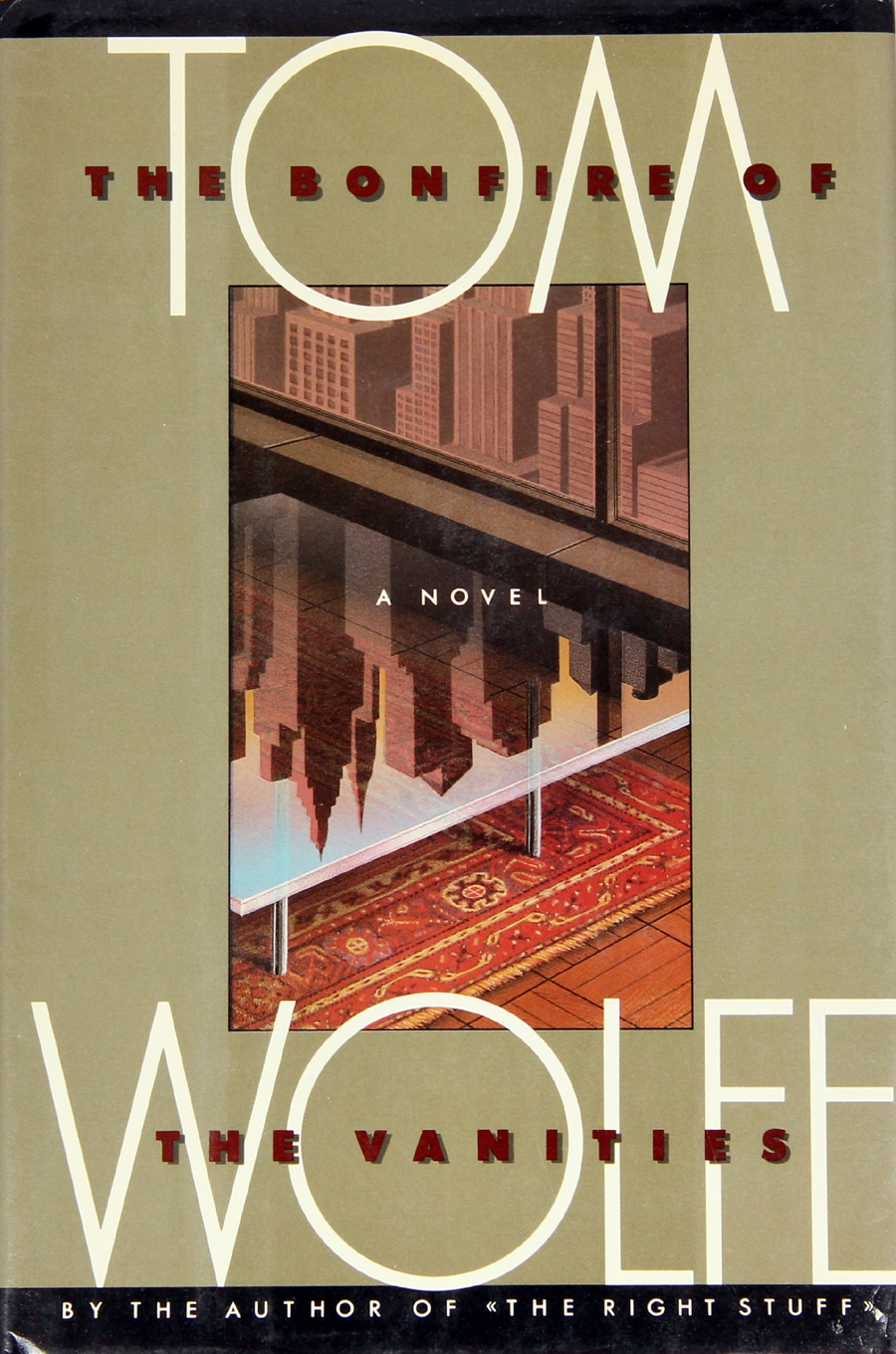
The Satanic Verses – Salman Rushdie (1988)
Salman Rushdie features again on this list with The Satanic Verses, the book most notoriously known for facilitating a fatwa being placed on the author by Ayatollah Ruhollah Khomeini, then Supreme Leader of Iran, in 1989, due to its partial inspiration from Islamic verses, and the life of the prophet Muhammad.
Similar to his previous works, The Satanic Verses uses a frame narrative to construct a magical realist world, where two figures, Gibreel Farishta, the biggest star in India, and Saladin Chamcha, an expatriate returning to Bombay, plummet from a hijacked jetliner onto the shores of an English beach and embark on a series of dreams and revelations — an allegorical representation of disorientation of the East-to-West immigrant experience.
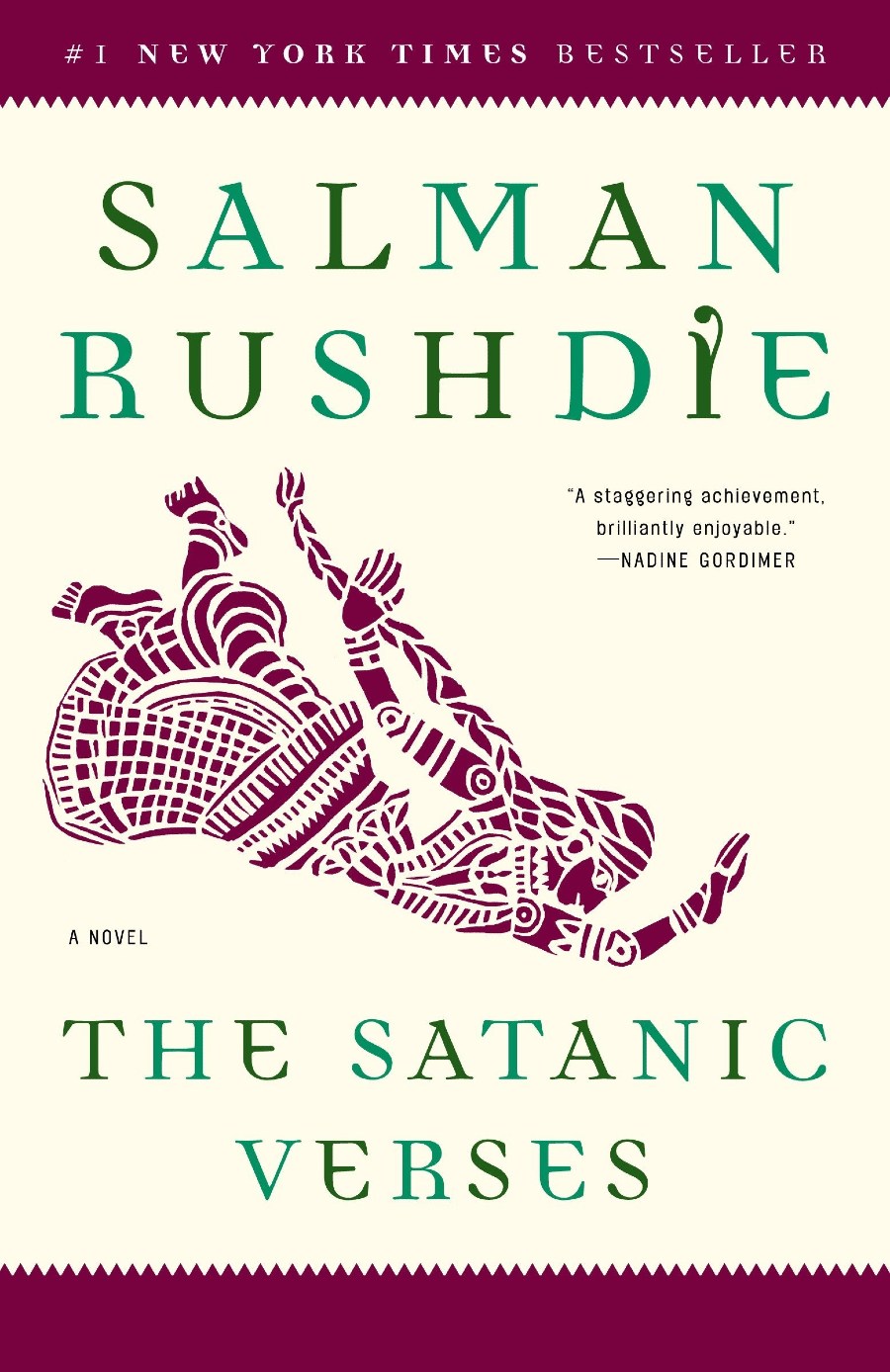
Love in the Time of Cholera – Gabriel García Márquez (1988)
Originally written in Spanish, Gabriel García Márquez’s fiction book explores themes of unrequited love, passion, seduction, aging, and death. Love in the Time of Cholera follows Florentino Ariza, the object of his affection Fermina Daza, and her husband Dr. Juvenal Urbino, and is set in an unnamed city near the Caribbean Sea and the Magdalena River in Colombia during the 1880s-1930s.
Less of a narrative-driven novel, Love in the Time of Cholera is written with rich, intimate descriptions of the human dynamics between the protagonists, constructing an astonishing love story that questions the expectation of immortality in romantic love.
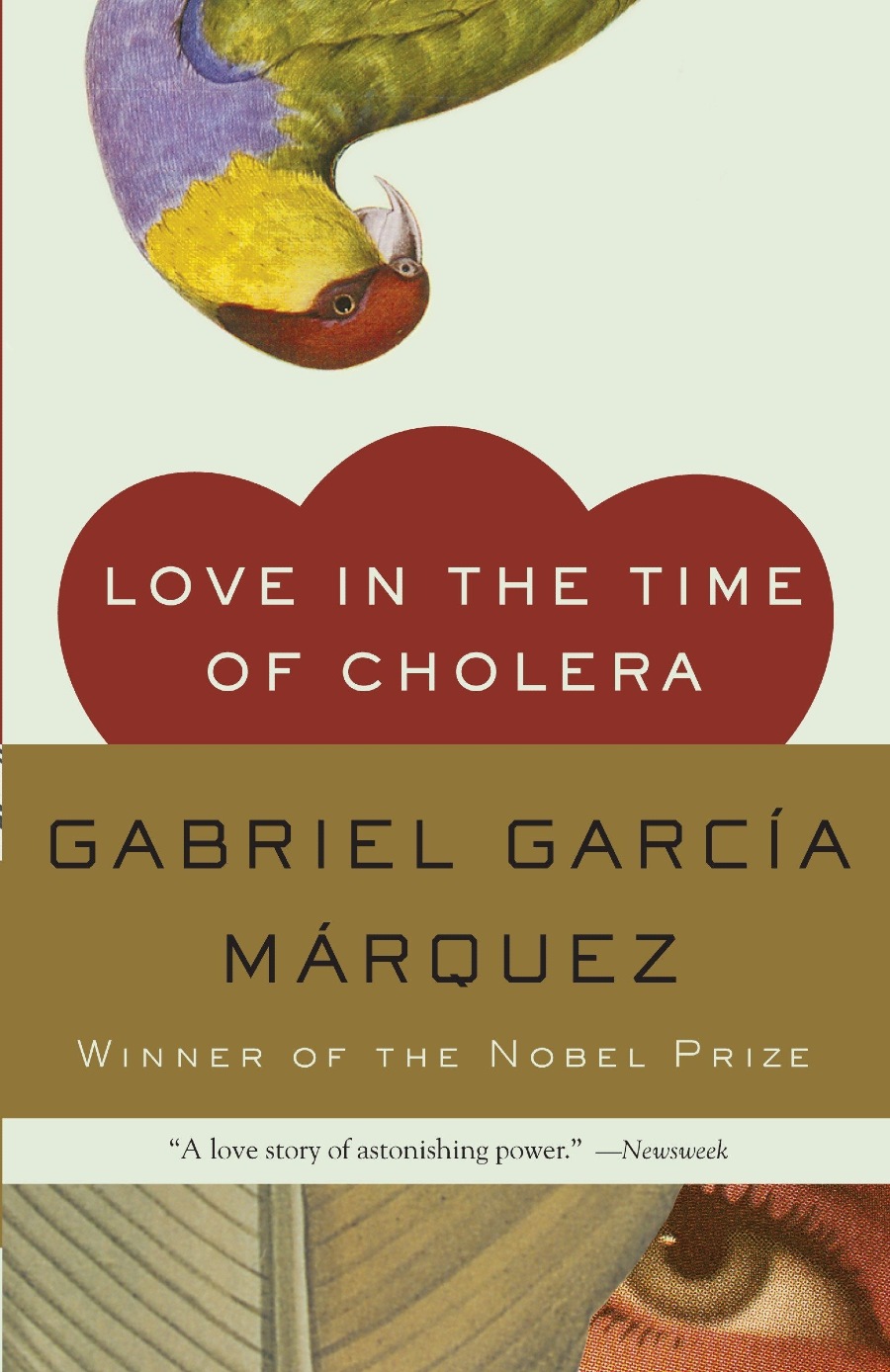
London Fields – Martin Amis (1989)
Darkly funny, Martin Amis’ murder mystery novel London Fields is regarded as one of the author’s most prolific, and strongest, works. London Fields is set in late ’90s London, where the world has inhabited a state of permanent anxiety at the possibility of annihilation by nuclear war.
The novel has received critical acclaim, with historian Simon Schama describing it as: “Martin Amis’ glorious fury, London Fields; the never-likely-to-be-bettered bedtime story from the heart of Mrs. Thatcher’s darkest Albion; stained with punk spit and pub puke; glossy as polished leather and sexy as hell. Amis’ masterpiece isn’t exactly neglected but neither is it established as one of the all-time great London novels, but that’s what it is. Thick with allegory; packed with characters you’ll never forget; a rendezvous with desire, craziness, and death; what more could you want?”

The Remains of the Day – Kazuo Ishiguro (1989)
Winning the 1989 Booker Prize, The Remains of the Day is a fiction book that details the life of Mr Stevens, an English butler who serves at a stately home called Darlington Hall. As Mr Stevens takes a road trip to visit Miss Kenton, a former colleague, Kazuo Ishiguro paints a stunning portrait of a past riddled with the memories of two world wars, a society defined by class conditioning and the nature of love, servitude, and friendship.

Like this list? Check out our top fiction books of the 90s!



